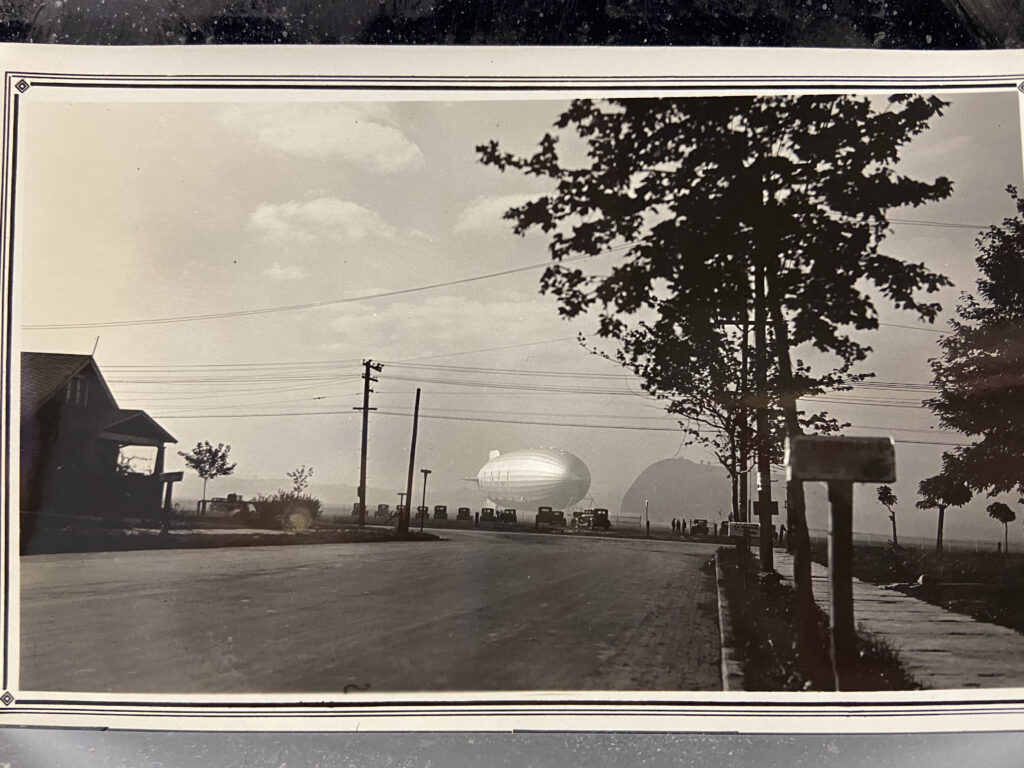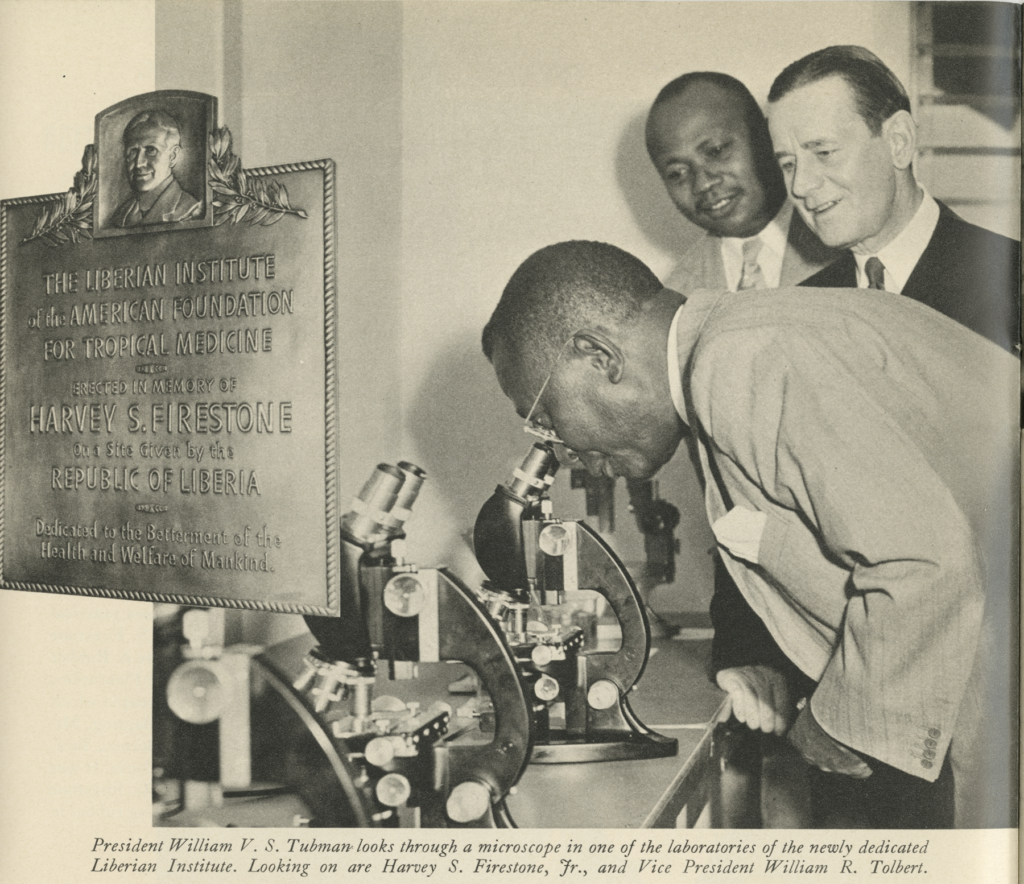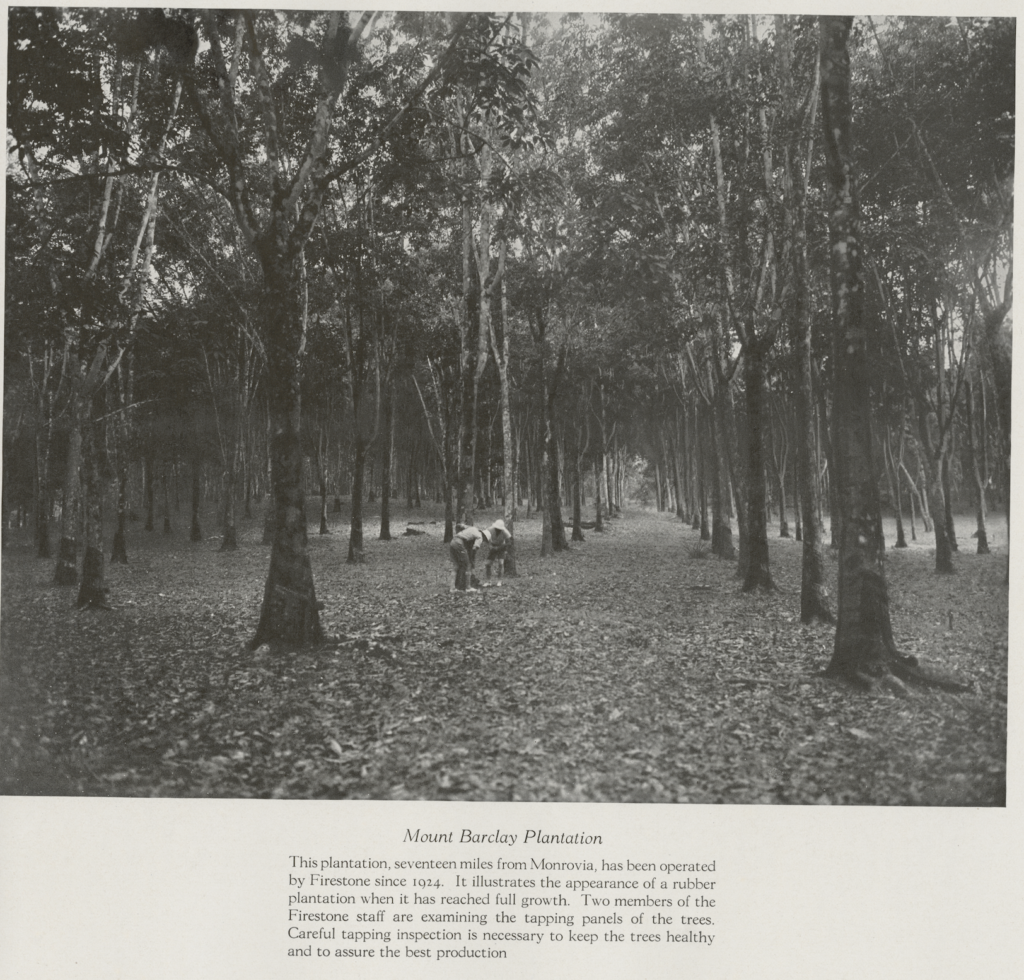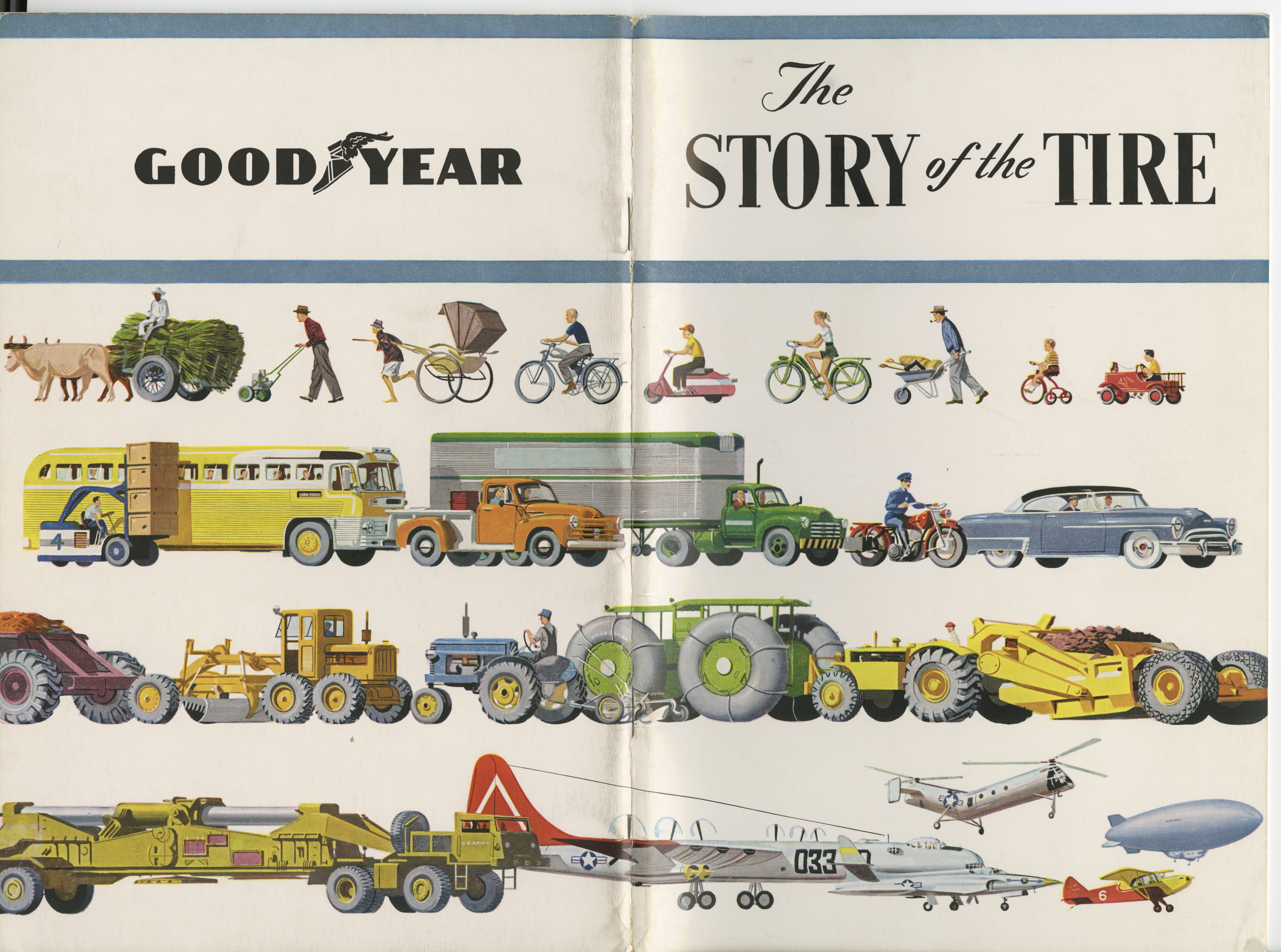
The Book of Akron
In 1966 the French company Michelin contracted with Sears to sell radial tires in the United States. Radials lasted longer than bias-ply tires (long the industry standard). They were more fuel efficient, and significantly reduced the odds of catastrophic tire failure. In a bias-ply tire the center tread and sidewalls were interdependent of one another. The body consisted of multiple rubber piles, sutured one on top of the other and largely by hand. Radial tires were more complex. Their factory production relied on the practical application of theories of feedback and circular causality. Operations researchers and applied mathematicians were intimately involved in the process. Based on designs that divided a single tire into isolatable subsystems, radial tires required a computer-controlled yet adaptable system to manage their manufacture. Each system within the radial tire was individually engineered. And each system was coordinated to work together, automatically, for total optimum performance.
Soon after the introduction of radial tires into the U.S. market, tire production in Akron, Ohio, the so-called “Rubber City,” went into free fall. By 1983 Akron had lost all of its tire operations. Goodyear, Firestone, and Goodrich—the industrial backbone of this community for over half a century—closed all of their factories. Gone over the course of a decade were the vibrant union cultures and a half-century tradition of having produced up to two thirds of all tires made in the U.S.
That which was most solid (the assembly lines, the jobs, the social safety net, the dignity) melted into air even as a different kind of spirit materialized. For well before the first factory closing Akron had been deemed suboptimal by engineers that utilized systems analysis to streamline manufacturing processes. In the 1960s advances in operational research and the use of microprocessors spurred their imagination of applying algorithms on massive scales. In Akron, this had meant explicating the probable futures and actions for maximum success. According to one of its leading practitioners, Stafford Beer, operational research was nothing less than a “revelation.” With mathematical formalization becoming the engine of secular prophecy, the distribution of possible futures could itself be analyzed and made subject to further calculation—to the point where cognitive tasks and economic planning could be automated. The future, it seemed, could now be predicted with a reasonable degree of certainty.
Steeped in a robust archive, The Book of Akron: A Pre-History of Post-Industrial Society is a history of this “revelation” and will focus on the institutional and experiential entanglements of humans and machines as they occurred in and around a singular midwestern city. Drawing upon my expertise in both religious history and science studies, The Book of Akron charts the rise and fall of “the rubber capital of the world.” It does so against the backdrop of the machines, the science, and automated techniques that were involved—from indigenous practices of animal procurement and the military schemes of settler colonists to early techniques of automation in the tire industry, polymer science, and the pervasive presence of micro-computers and their cognitive imperatives.
The Book of Akron chronicles scenes in which religion played a significant role—from steeling the faith of settlers and abolitionist networks both, to fueling the Christian missions that literally forged the circuits of the global rubber trade, to animating practices of resistance among Native Americans and American unionists, to infusing the politics of Black nationalists, to becoming the object of recursive parody in the punk band Devo’s sustained engagement with the French Calvinist theologian, Jacques Ellul. In that history of Akron, one also notes so-called secular scenes in which the conceptual force of religion was nevertheless keenly felt—in new techniques of psychographic data mining, voracious forms of capitalist extraction in Africa, in the resistance offered by the United Rubber Workers, in the tactics and devices used by the National Guard to control crowds of striking workers and student protesters.
Each of these set pieces will be richly documented through primary source materials and advance my inquiry into the presence of automating technologies in the lives of individuals and communities. When understood as a proliferation of machines, deindustrialization as a late twentieth-century phenomenon becomes yet another remarkable moment in the history of technological saturation. In the second half of the 20th century, dreams of artificial intelligence began to materialize in consequential ways. So, too, did nascent forms of machine learning. The reorganization of the economy under various guises of neo-liberalism were ever accompanied by the increasingly intimate yet often indirect incursions of the computer into the home and consciousness.
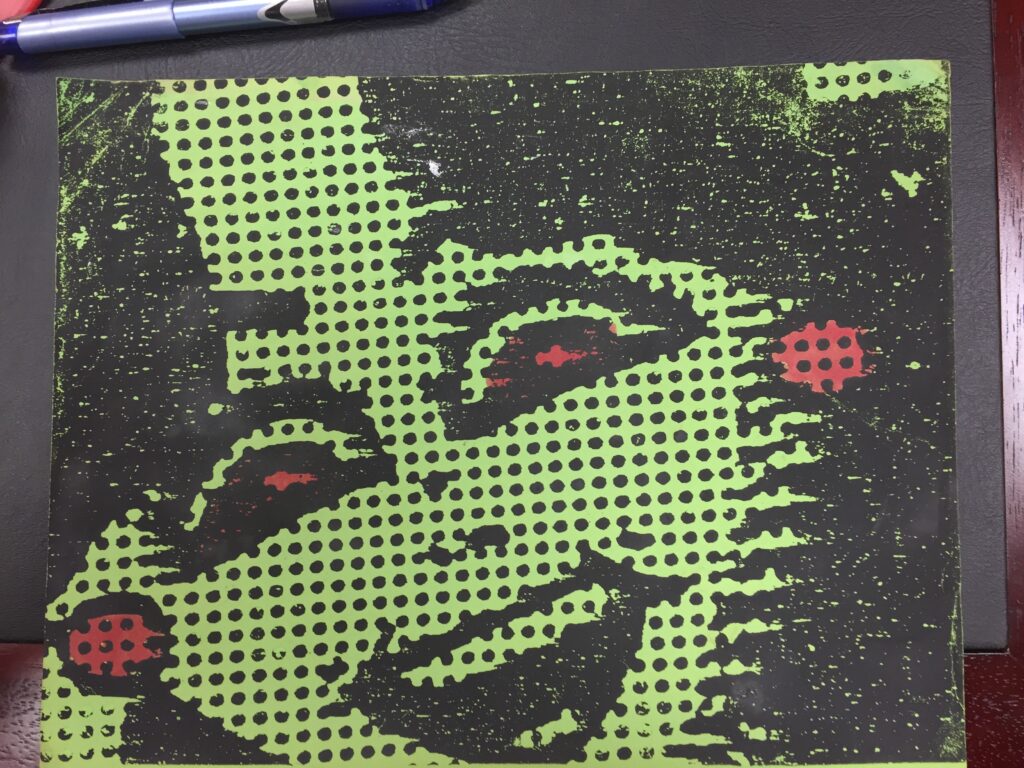
The Book of Akron will also convey a personal story about the transition between two technological eras—from an age of industry and colonial expansion to the era of artificial intelligence and aspirations of algorithmic governance. I was born into a working-class family in Akron in 1971. I experienced, first-hand, the end-game drama of bold-letter headlines from the Akron Beacon Journal announcing some negotiation, union strike, loss or layoff. I experienced the economic precarity, the fears of automation, and the fantasies of a video game future. In my Akron, OH cybernetic forms of management had already taken hold at the level of body and mind.
The Book of Akron has been generously supported by Franklin & Marshall College and a fellowship from the National Endowment of the Humanities.
